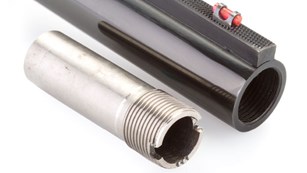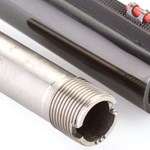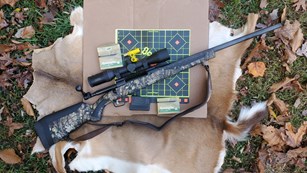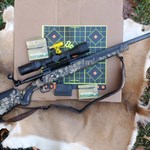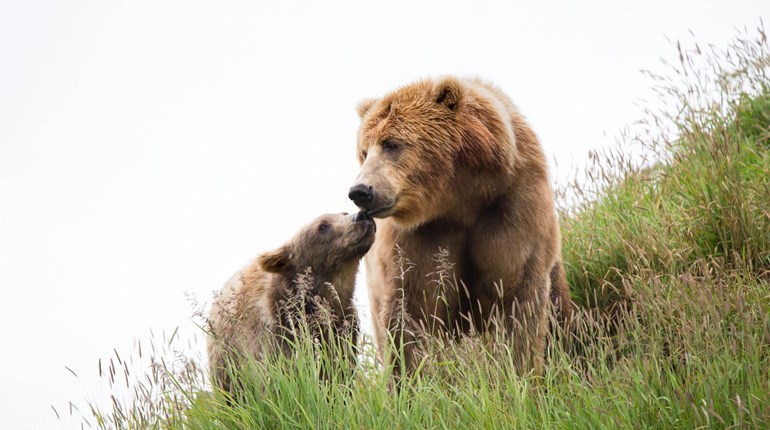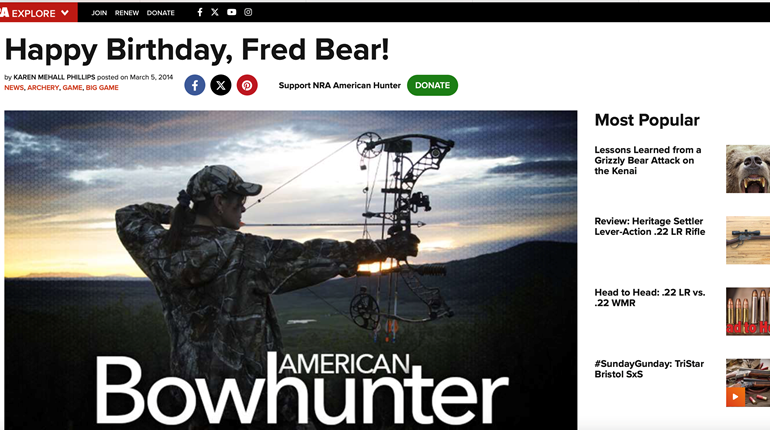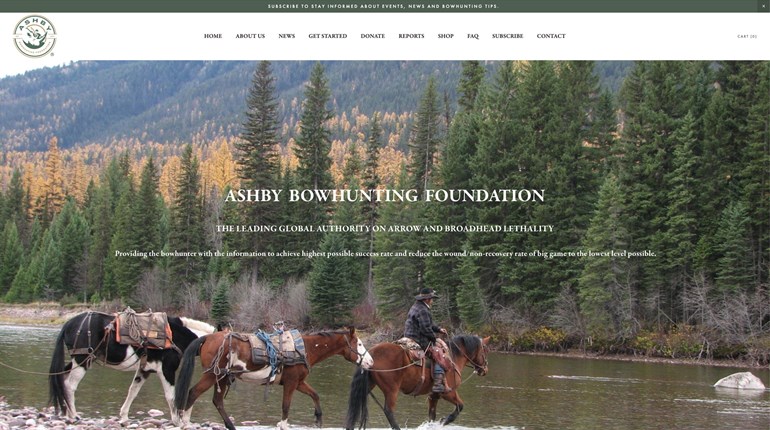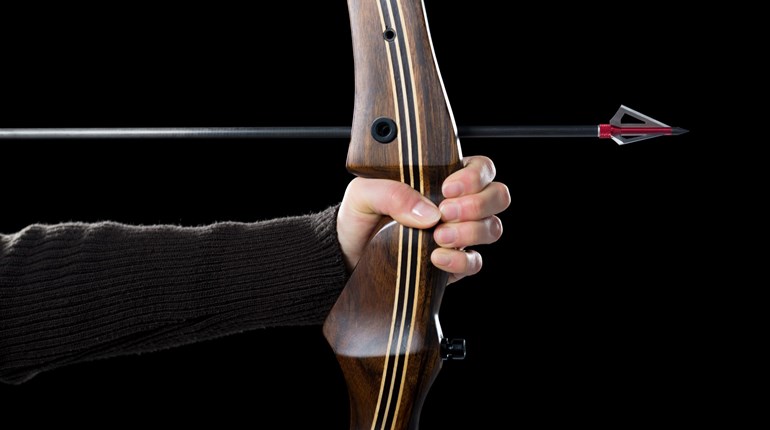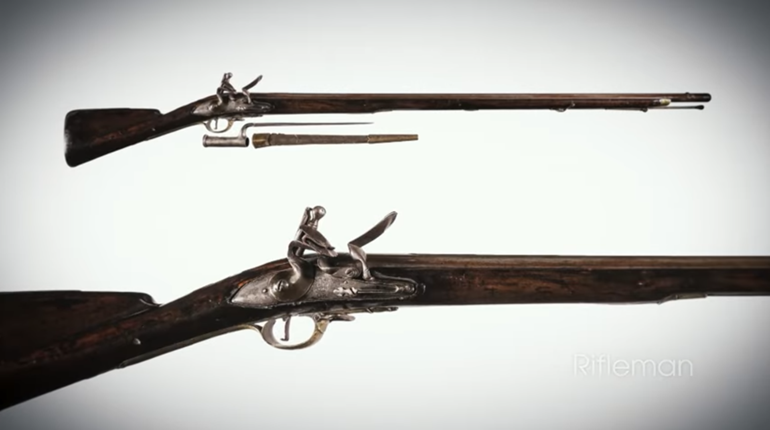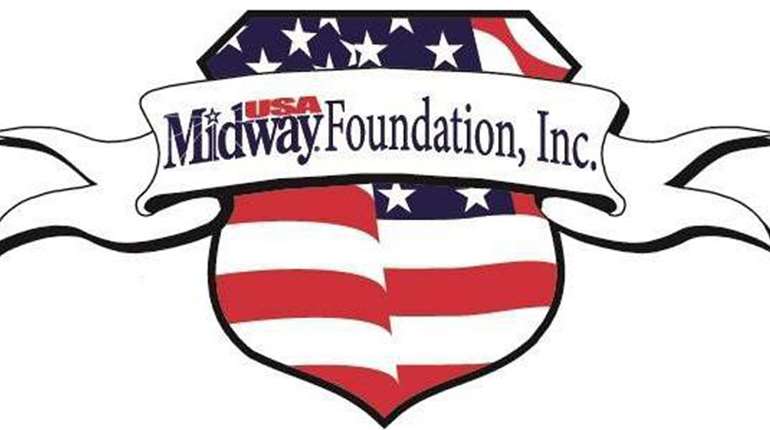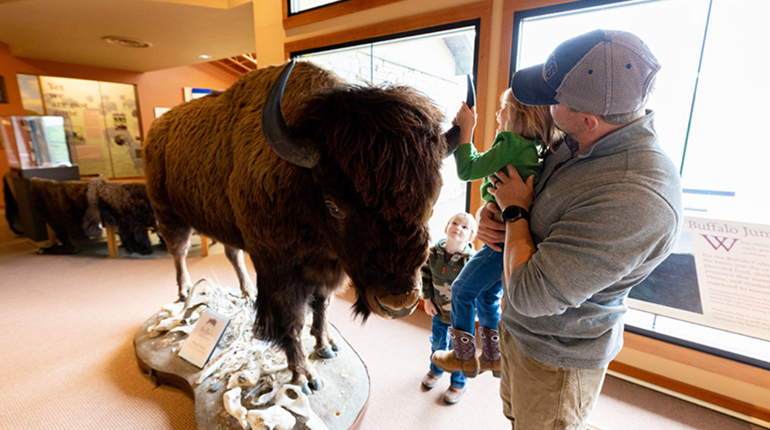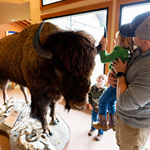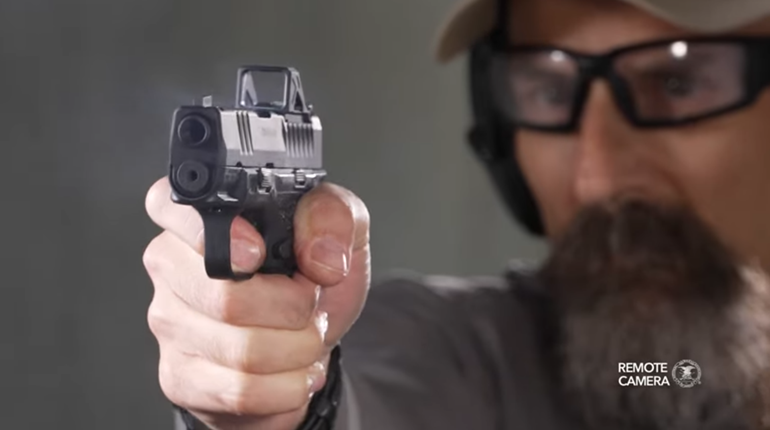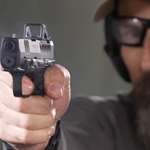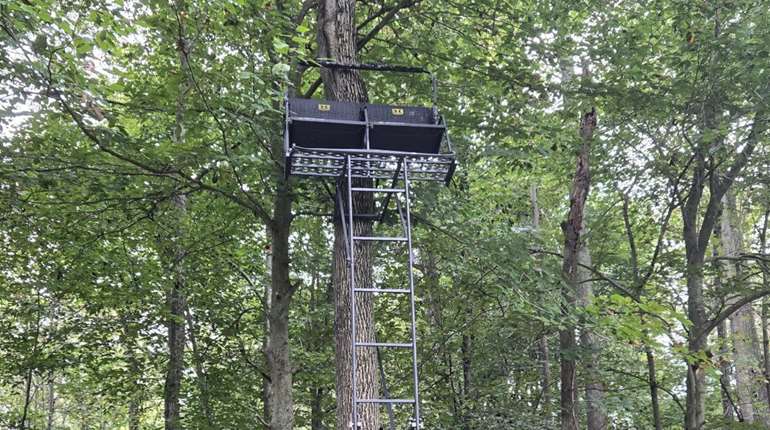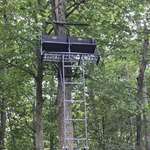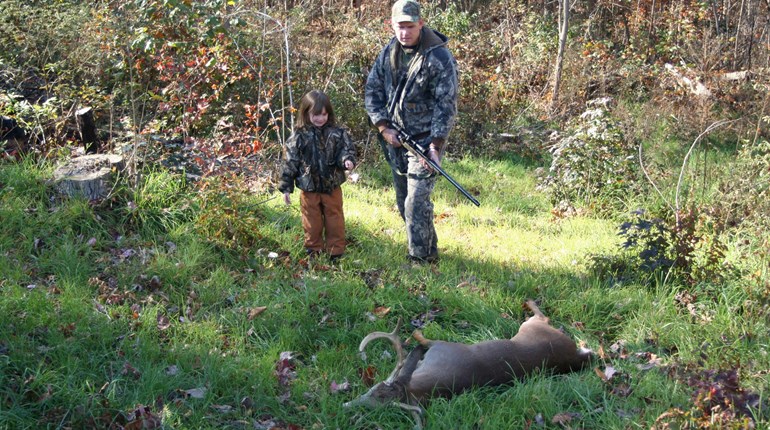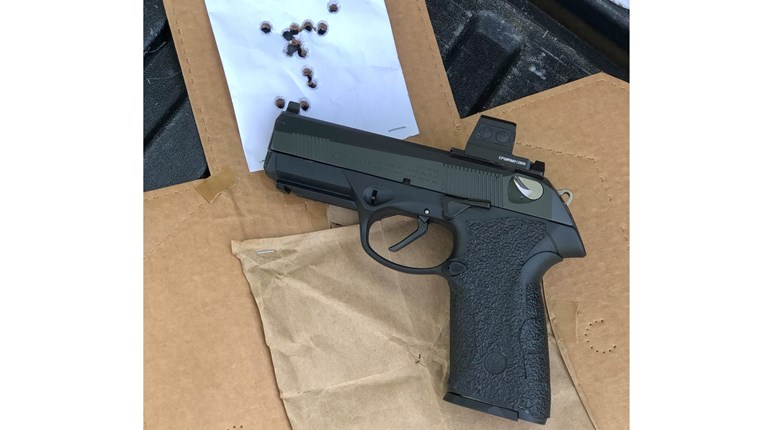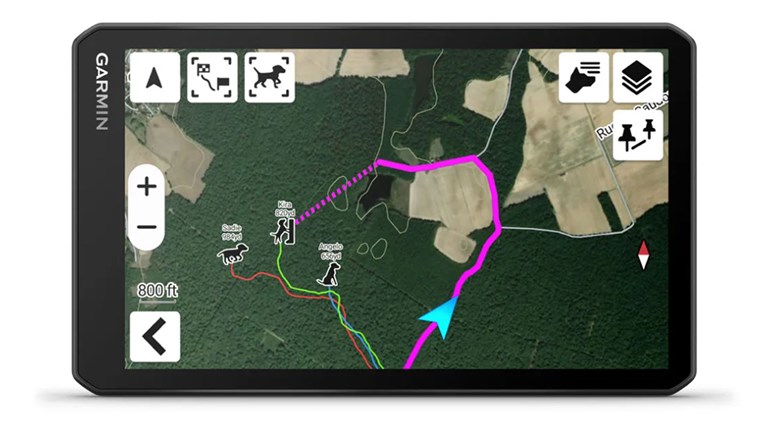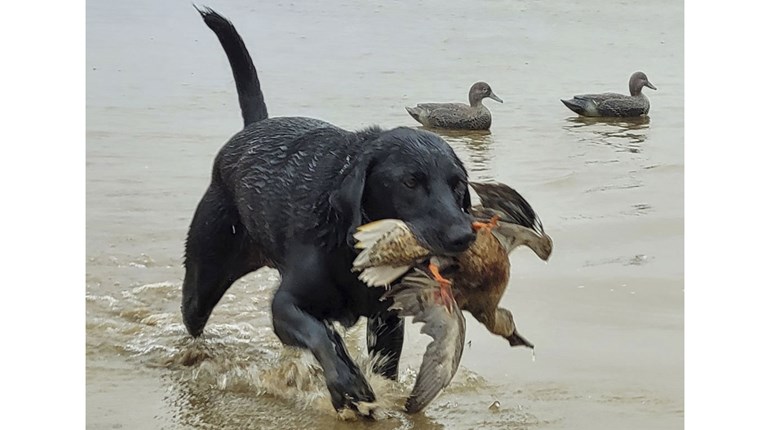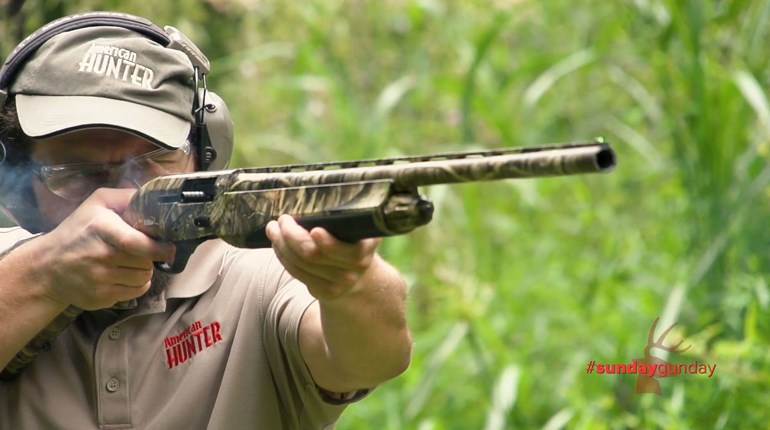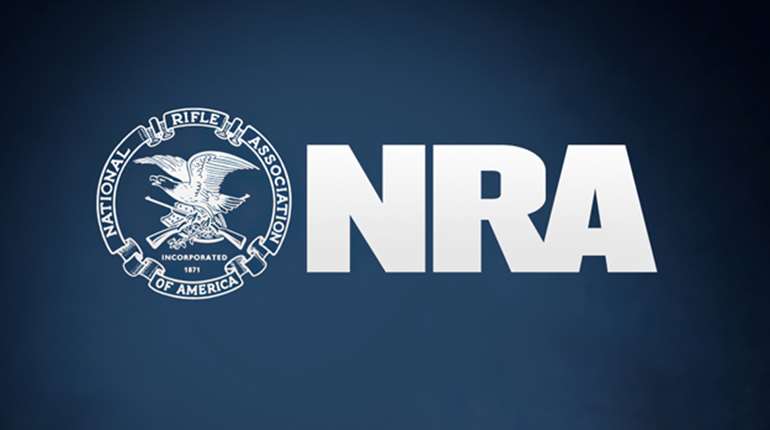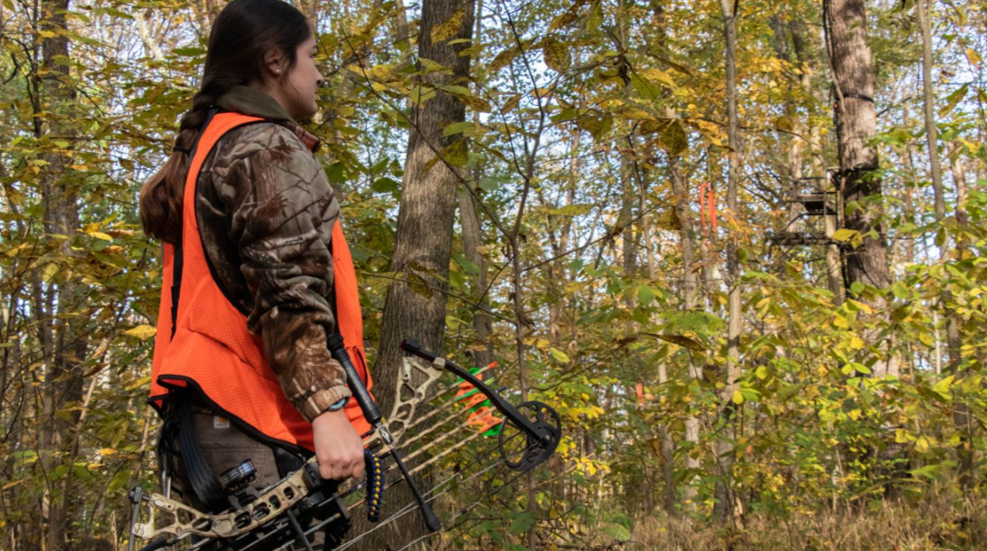
In many states, archery hunting seasons begin in August, just a few days away! While archery hunting doesn’t involve firearms, it does present some unique risks that hunters should be aware of. Here are some safety tips and other helpful information, courtesy of the Utah Division of Wildlife Resources, which apply to bowhunters all over the nation.
Safety First! Tree stand safety
The most common injury incurred by hunters is falls from tree stands, hands down. Before placing a portable tree stand in a tree, be sure to check the stand’s weight rating. Make sure it will support both your weight and the weight of your equipment.
“Hunters sometimes forget to factor in the weight of their equipment when they are using a tree stand,” Utah Division of Wildlife Resources Hunter Education Program Manager RaLynne Takeda said. “If the combined weight of your body and the equipment is greater than the weight the stand can support, it could easily collapse, sending you and your gear crashing to the ground below.”
Falling is another potential risk when you use a tree stand — either falling while you’re climbing the tree or falling from your stand, once you reach it.
“Before you start climbing, attach a safety harness (also called a fall arrest system) to yourself and the tree,” Takeda said. “Keep it attached until you’re on the ground again.”
Another risk is trying to carry your equipment as you climb a tree. You should instead attach a haul line to your equipment, leaving plenty of slack in the line. Then, attach your safety harness to the tree and start climbing, holding the haul line in one hand or tied to your belt. After you’re on your stand, use your haul line to lift your equipment to you.
Hunters should remember that it is illegal to build a tree stand on land managed by the U.S. Forest Service or the Bureau of Land Management. Only portable stands can be used in those areas.
Don’t leave your arrows uncovered
Broadhead arrows are extremely sharp, so it is a risk to carry one in your hand or nock one in your bow before you’re ready to shoot. Do not remove arrows from your quiver until it’s time to shoot.
“Every year, we receive reports of hunters getting injured falling from trees or jabbing themselves or other hunters while carrying arrows in their hands,” Takeda said. “It only takes a few seconds to remove an arrow from a quiver, nock the arrow, and shoot it. The time you’ll save by carrying arrows in your hand or nocked on your bow isn’t worth the risk.”
Know your target and what’s beyond
Never take a shot at a deer or an elk that is beyond the maximum range you’re comfortable shooting. Also, before you release your arrow, make sure of your target and what’s beyond it.
“Arrows, especially carbon arrows, can hit with great force at distances as far as 100 yards from the point of release,” Takeda said. “You must know what is behind your target and make sure to never shoot toward a roadway.”
PREPARATION TIPS
There are also some things that archery hunters should know and practice before heading into the field for the hunt. There are some simple ways you can prepare in advance to help you have a successful hunt.
Check your equipment
Make sure the laminations on your bow are not flaking or separating, and check the strings on your bow for fraying. If you have a compound bow, make sure the pulleys and cables are in good shape. Also, double check your arrow’s spline (the stiffness of the arrow’s shaft) matches your bow’s draw weight. If your bow’s draw weight produces more force than your arrow can handle, your arrow could fly off target or even shatter or break as you release it, which can lead to injuries.
Carefully sharpen your broadhead arrows
When you sharpen your broadheads, take your time and be careful. Your broadheads need to be razor sharp before you go out into the field, but take care so you don’t cut yourself while sharpening them.
Get permission
You must obtain documented permission from private landowners before hunting on their property or using their property to access public land. If you can’t obtain documented permission, find another access point to your hunting unit.
Know the boundaries
Do some advance scouting and become familiar with the area you will be hunting. Make sure you know the boundaries of nearby limited-entry units and other restricted lands in the area. If you’re hunting near private property or along the hunting unit boundary, do not cross into those areas to retrieve an animal without getting the proper permission from the landowner or help from a conservation officer.
Be careful in popular outdoor areas and follow all laws
Make sure you’re well beyond the minimum distances you must maintain from roads and dwellings. Many local municipalities have restrictions on the discharge of firearms or use of archery equipment within city limits. Please know and understand those restrictions.





